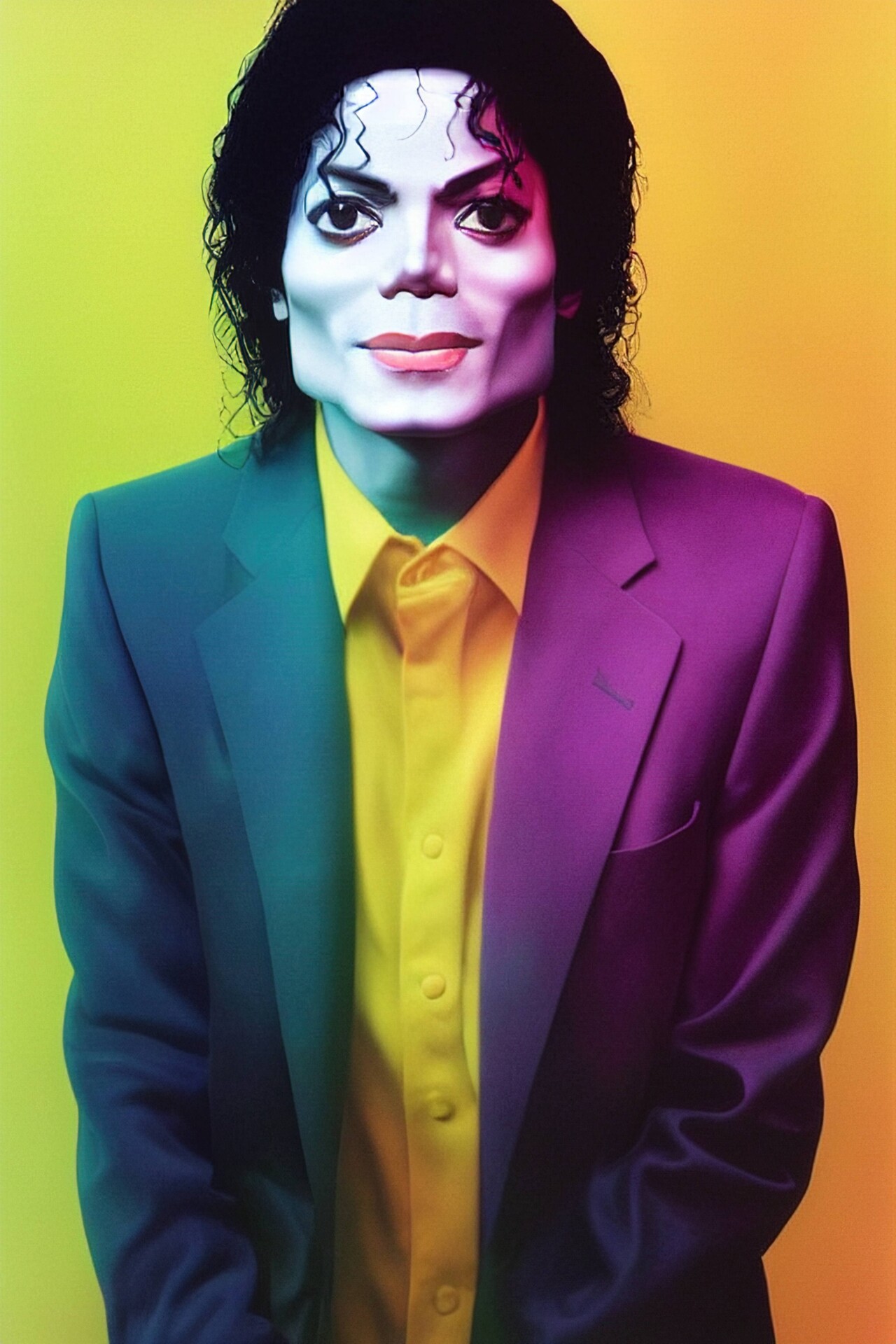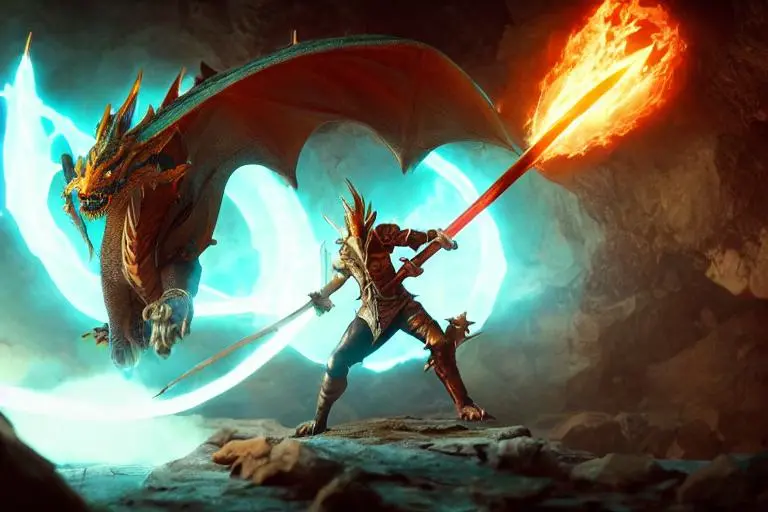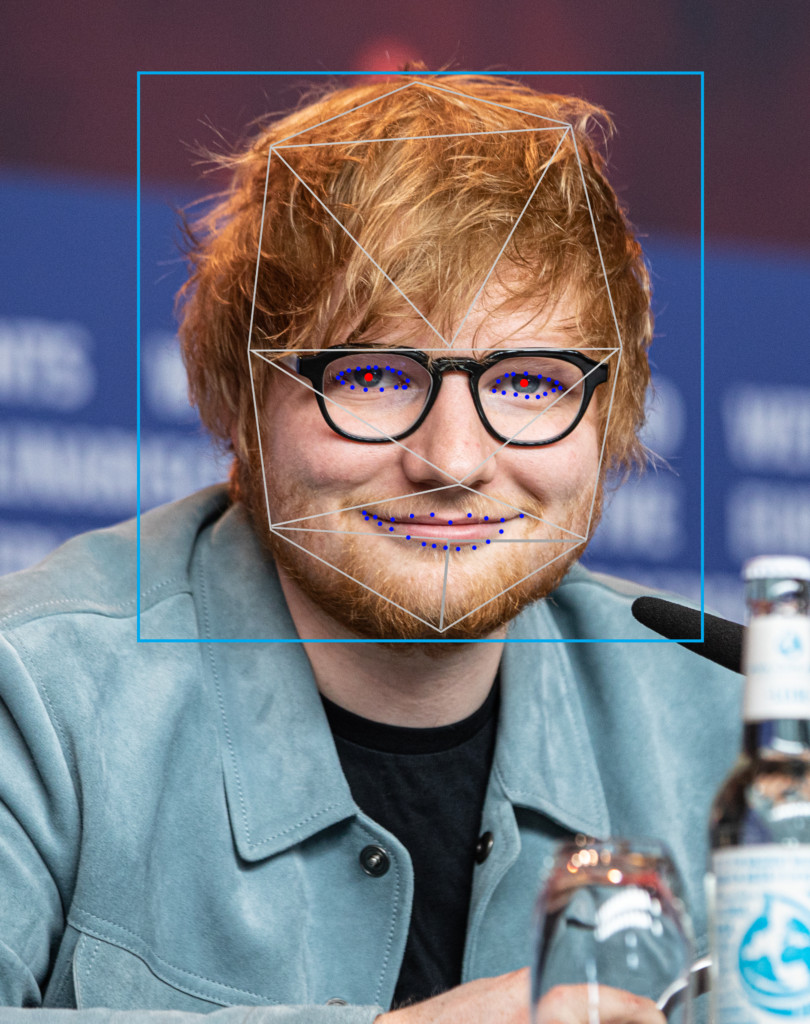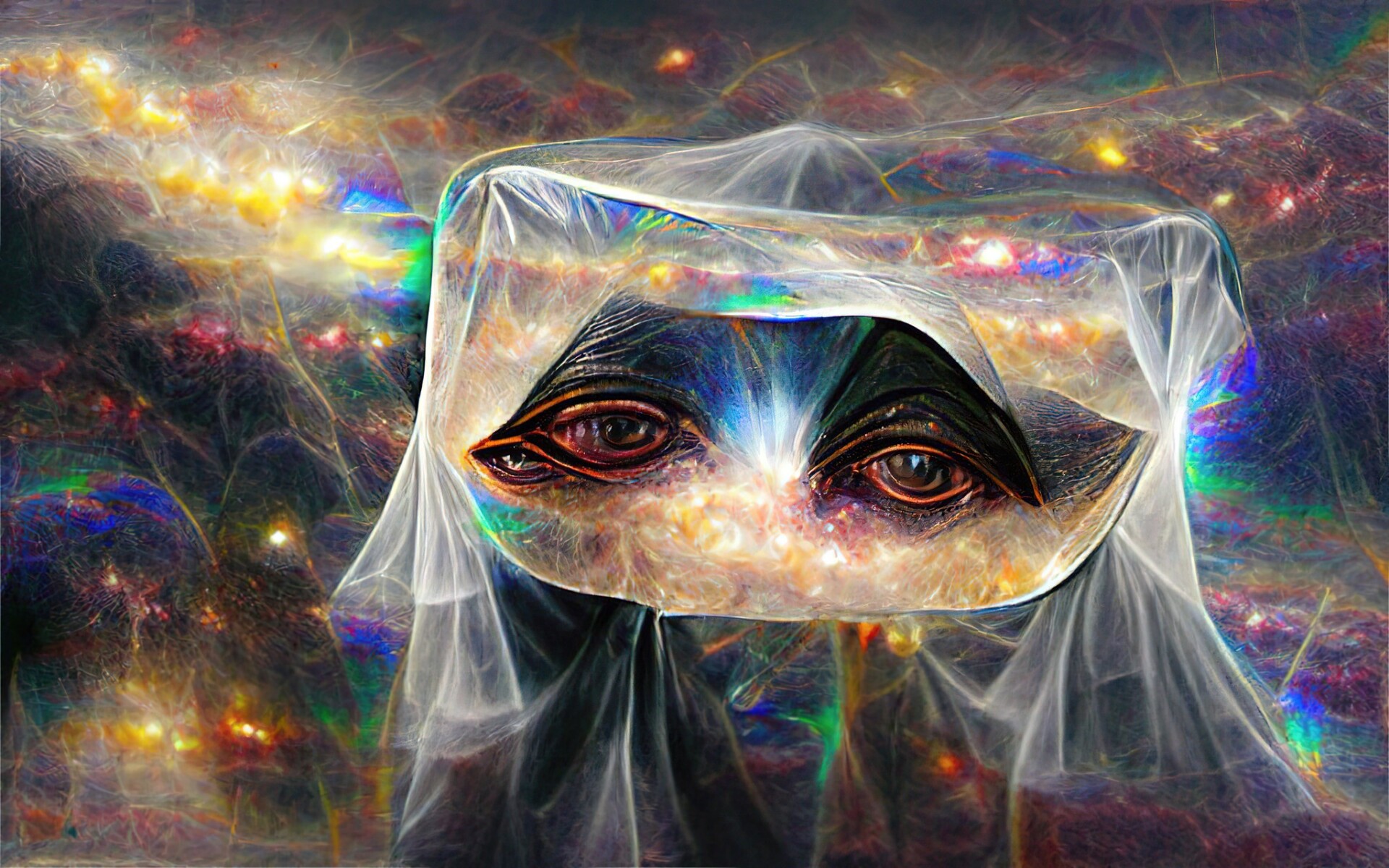AI is everywhere, and there’s no way around it. It’s what helps us navigate our technologically advanced world. From picking out items in our shopping lists to assisting satellites in essential space explorations, AI is here to stay. And then, there’s AI art. Many people’s interest in AI art has been piqued because of NFTs and DALL·E 2, but, just recently, AI has been under fire by the artistic community around the world, and for good reason.
Much like how a person interprets another person’s work, they have the freedom to subjectively scrutinise whether this person’s work is art or not. It’s up to the person to decide whether what they see is art or otherwise. This article won’t discuss that side of the coin, but instead elaborate on the unethical and deceptive nature of AI art and why artists are mad.
Why The Hate?

The controversy largely began when an art piece made with AI was submitted and won first place at the Colorado State Fair in August 2022. Many argued how unfair it was, because all the artist had to do was input a few lines of text into a machine, and the piece was made. The organisers of the event cited that the artist followed the rules of the event, but they will start serious discussions about AI art for future events.
Many artists have also argued that with the increasing use of AI, their trade will become obsolete and threaten their livelihood. But in what way does it threaten artists?
An Output Requires Input

AI does not generate art out of thin air. AI scans databases for art that it can use and modify to create “unique” art. Machine learning companies generate profits from “high quality media,” and the quality of this media depends on training their AI to memorise a specific data set, or art style in layman’s terms. The AI will gather enough data until it can produce an acceptable final product, and it is the gathering of data where the problem lies.
The moment human-made art is uploaded online, the AI will immediately take that art and add it to its database. And those already uploaded have already been integrated into the system. These aren’t just works of art; billions of copyrighted images of artwork, photographs, and people have been collected online without the consent of the owner. And the artists online are not being protected and are also being exploited.
The “Legal” Loophole

Stability AI, one of the largest AI image generators, funded the creation of the largest data set being used in AI, LAION 5B. Their data set contains nearly 6 billion points of images and text data, including copyrighted and private data. Use of copyrighted data in commercial products is illegal, but they managed to get by as they use this data under the pretext of research. Regardless of what the intention was behind LAION 5B’s creation, we can safely say that it is being used for commercial purposes, as they weave their way through copyright law by a loophole, which is now being called “data laundering.”
Oftentimes, they target specific artists because of their style. A prime example of this is Greg Rutkowski, a Polish digital artist famous for his fantasy art style. He is known for his work in video games, such as Horizon: Forbidden West and the Witcher series, and tabletop games, like Dungeons & Dragons and Magic: The Gathering. His name and work have been targeted over 250,000 times across other AI platforms that aim to mimic his style.
It Will Never Forget

Since AI cannot forget, it will be imbued with the stolen data for the rest of time. This opens a door for businesses where they can simply rely on AI instead of human artists to generate images. Over time, these businesses can monopolise a single industry. Artists need to place their art somewhere, and almost everything is on the internet, so the AI cannot forget.
Because AI does not discriminate based on the images it takes, artists and people as a whole can become victims of identity theft and defamation. Deepfakes are a good example. It is where an AI takes a person’s face or body, digitally alters it, and then uses it for something else, oftentimes for malicious purposes.
Tackling AI
As mentioned previously, AI is here to stay, and the creative community has acknowledged that fact. The community is instead fighting back against the system that infringes on the artist’s work and takes advantage of the talent of an individual. It’s about protecting artists against these unethical practices that attack their intellectual property and way of life.
Follow us on Instagram, Facebook or Telegram for more updates and breaking news.



